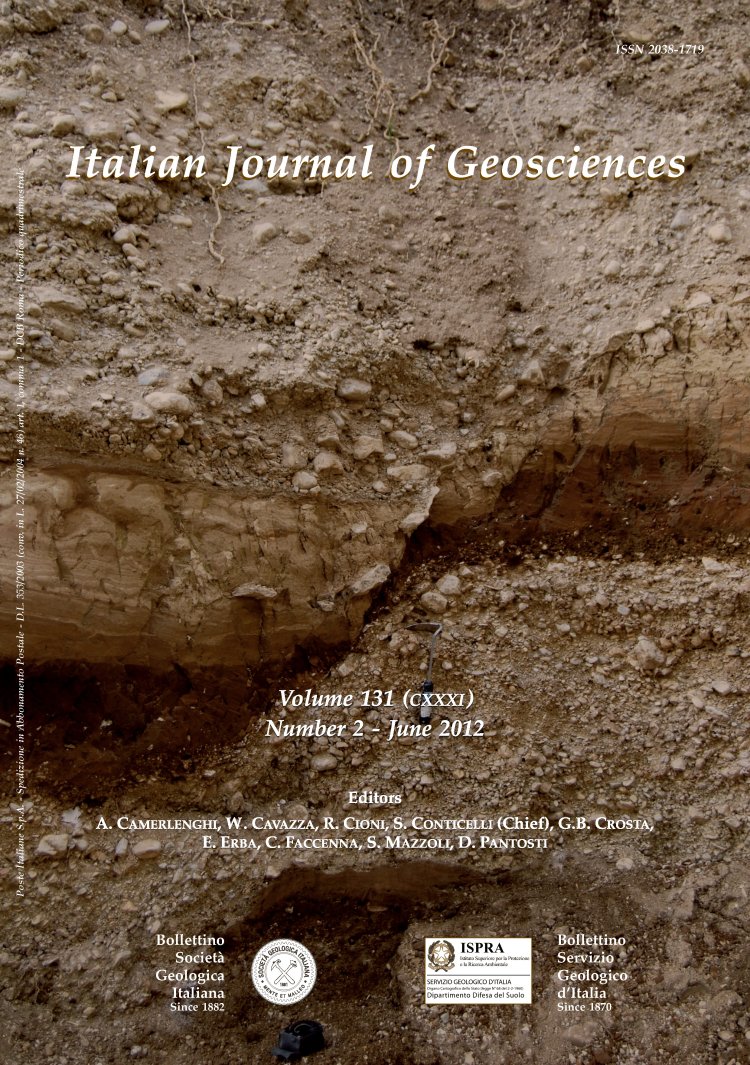
Integrated geological-architectural pilot study of the Biet Gabriel-Rufael rock hewn church in Lalibela, northern Ethiopia
Federico Sani(1,2), Giovanna Moratti(2), Massimo Coli(1), Pietro Laureano(3), Luisa Rovero(4), Ugo Tonietti(4) & Niccolò Coli(5)
(1) Dipartimento di Scienze della Terra, University of Florence, Via La Pira, 4 - 50121 Florence, Italy - phone number: +39 055 2757528 -
fax number: +39 055 218628 - fsani@geo.unifi.it - Corresponding author.
(2) Istituto di Geoscienze e Georisorse of National Research Council (CNR), Via La Pira, 4 - 50121 Florence, Italy.
(3) IPOGEA, Research Center on Local and Traditional Knowledge, Italy.
(4) Dipartimento di Costruzioni, University of Florence, Piazza Brunelleschi, 6 - 50121 Florence, Italy.
(5) Department of Civil, Environmental and Materials Engineering. (DICAM), University of Bologna, Via Terracini, 28 - 40131 Bologna, Italy.
Abstract
Keywords
Get Full Text